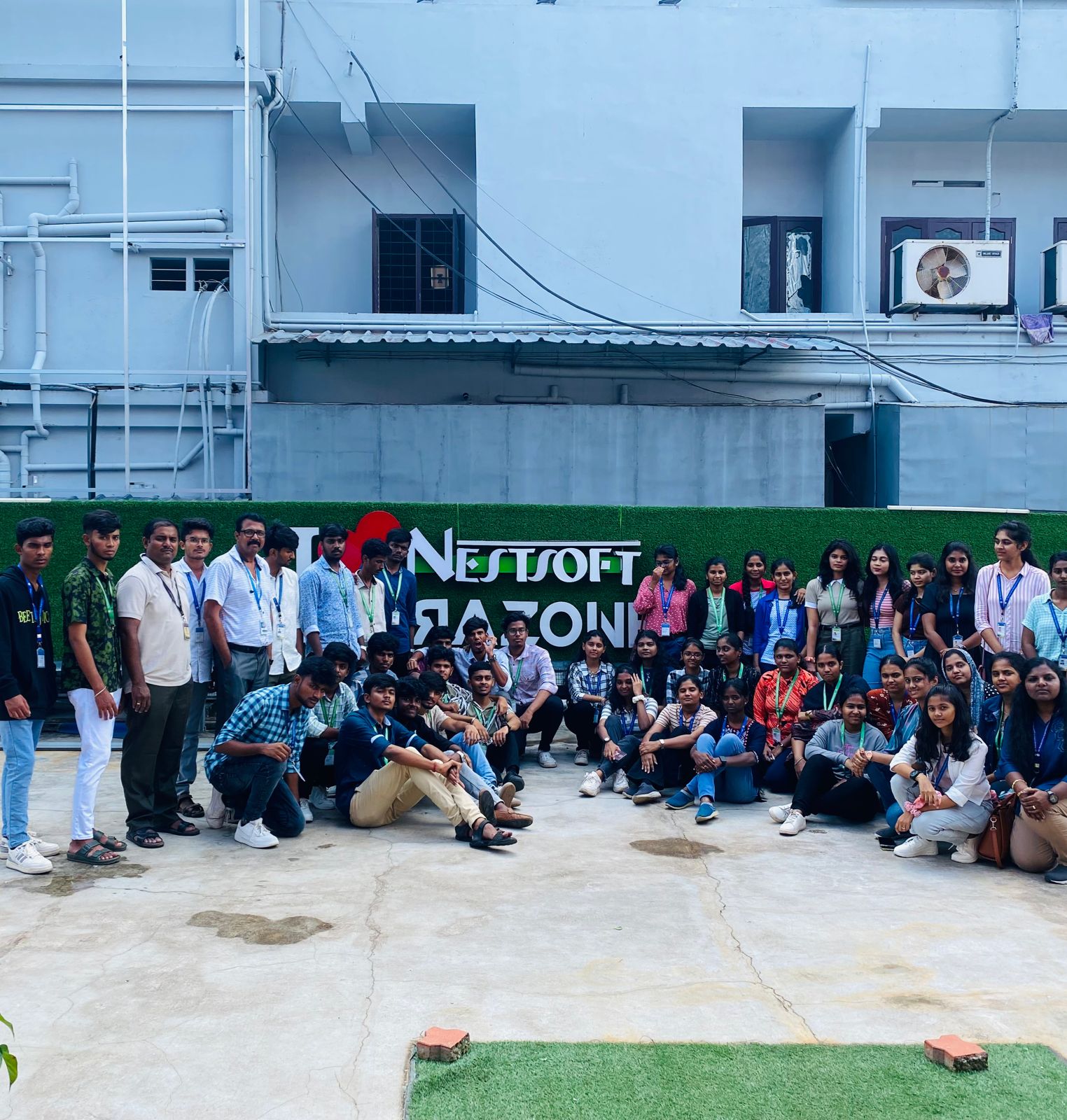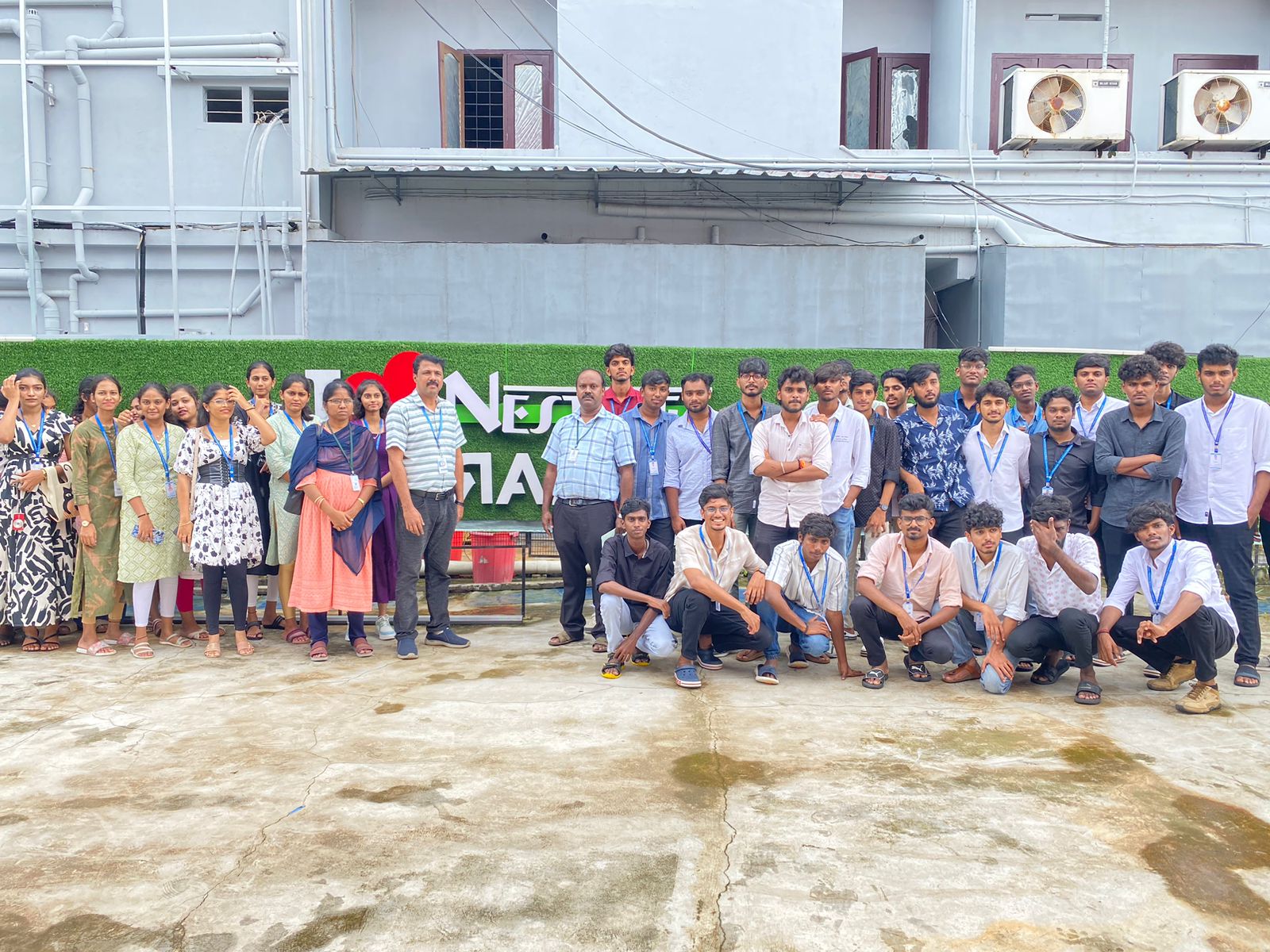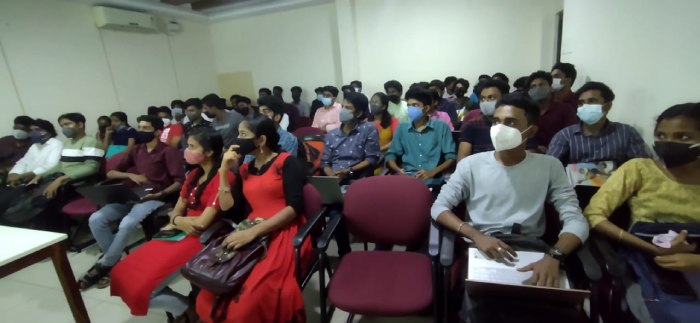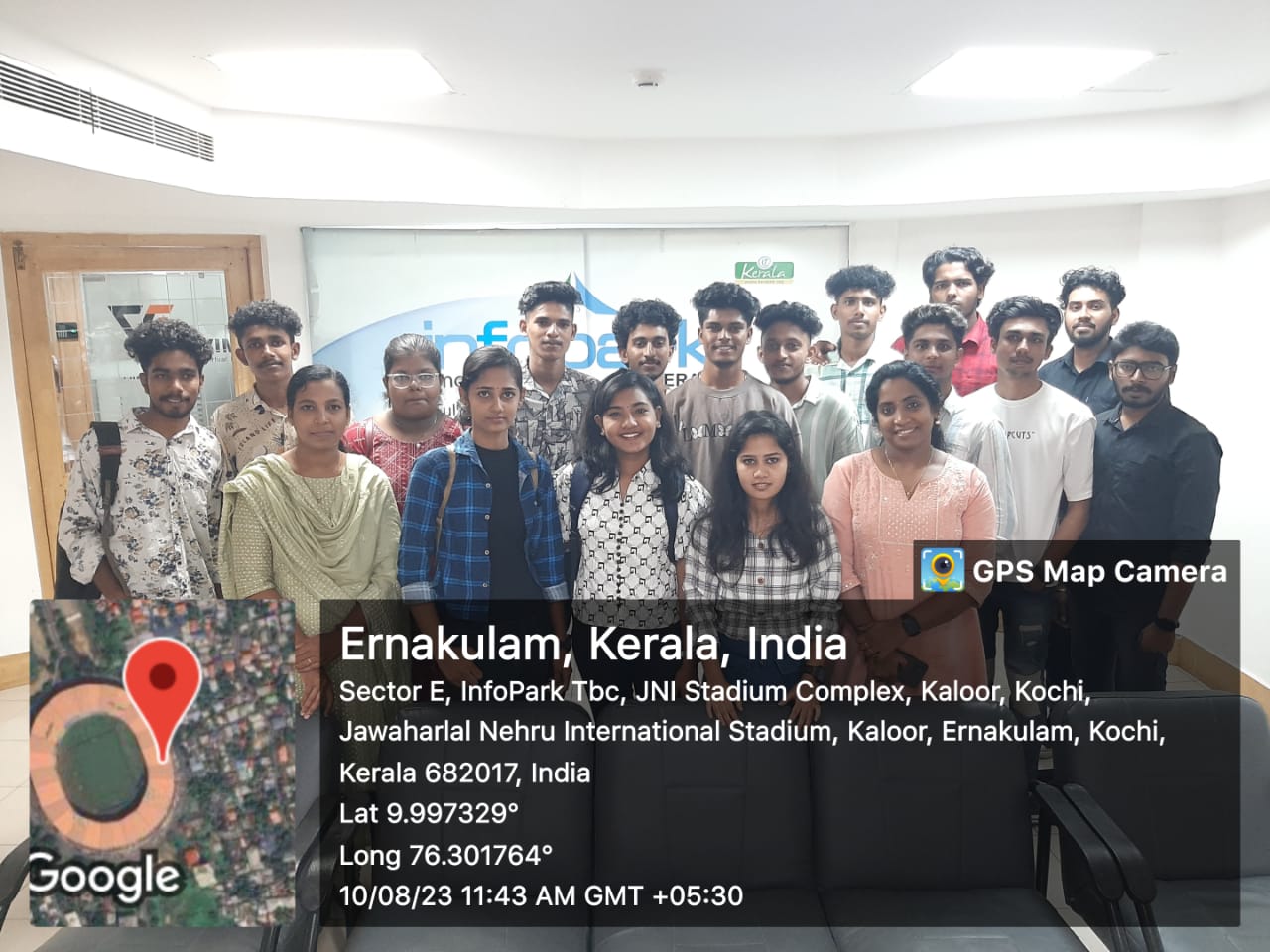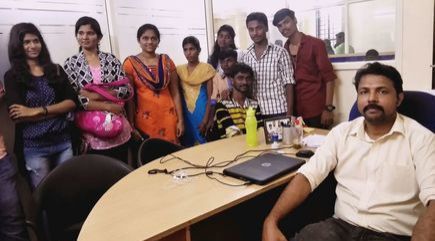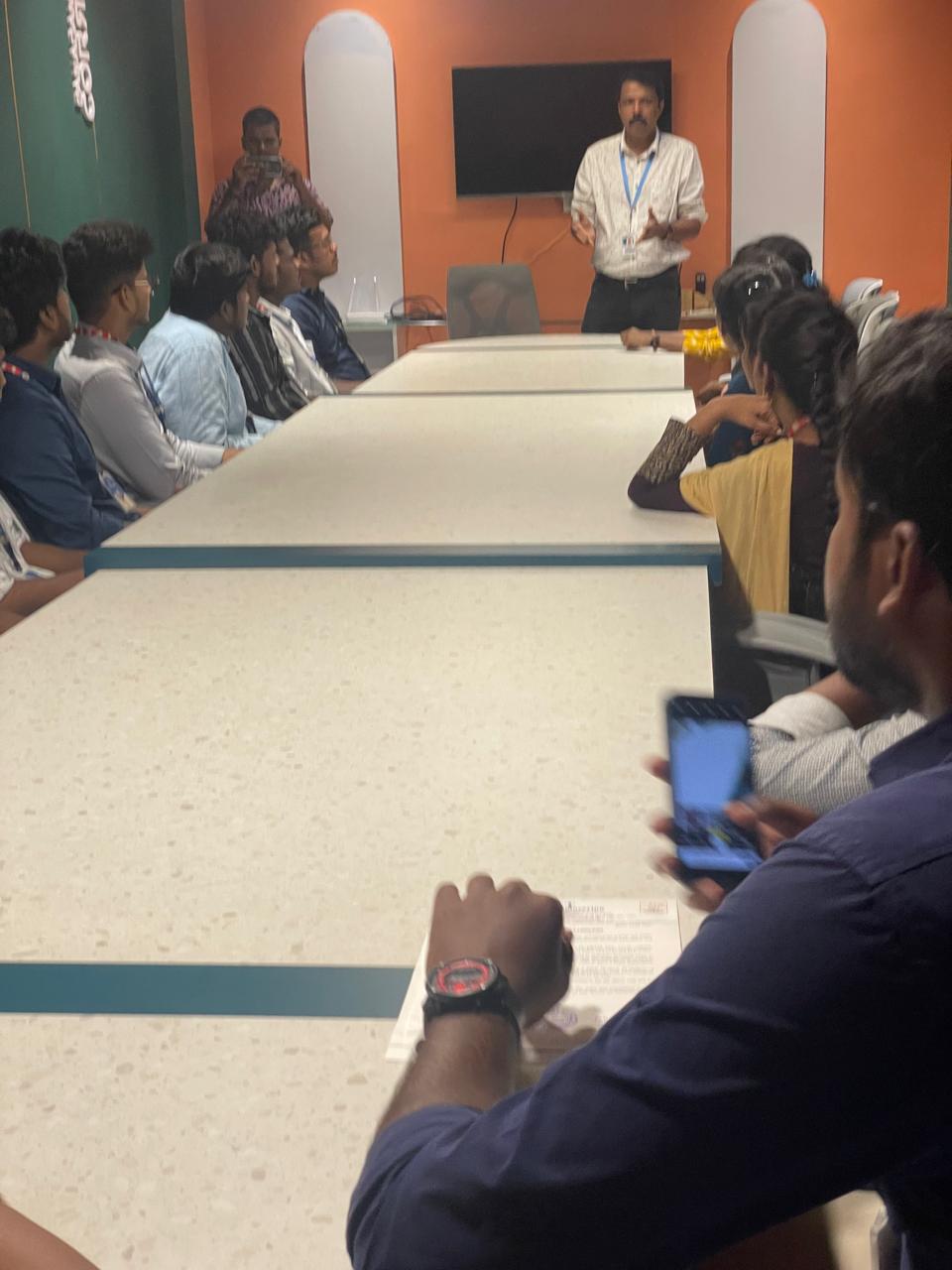Node JS Training by Experts
Our Training Process

Node JS - Syllabus, Fees & Duration
Module 1: Introduction to Node.js
- What is Node.js
- Features of Node.js
- Concept
- Where to fit and not fit
- Event-Driven programming style
- What is Asynchronous
Module 2: Installation / Setup
- Local environment setup
- Node.js runtime
- Download source code
- Installation on OS
- Verify
Module 3: Node Package Manager
- Install module by NPM
- Global vs Local setup
- Update Module
- CRUD Module
Module 4: Express Framework
- What is Express
- Setup Express
- Request And Response
- Handling Routes
- Route Middleware
- Objects
- Cookies Management
- File upload
- HTTP methods
Module 5: Buffers and Streams
- What is buffers and Streams
- Benefit of Streams over buffers
- Create / Write / Read operation on Buffers
- Process on Buffers
- Read / Write data by Streams
- Pipeline
- Chaining Stream
Module 7: REST API
- RESTful Architecture
- HTTP URI and Methods
- RESTful web services
- Expose solution as API
- Best practice for REST API solution
Module 8: Callback
- What is Callback
- Benefit of Callback
- Asynchronous communications
- Block and Non-Blocking
- Standard Callback pattern
- Async Flow control Library
- Executing in parallel
Module 9: Events
- What is Events
- Events types
- Event Emitter API
- Multiple event listeners
- Event emitter pattern
- Class methods
- Event Loop
- Blocking Event Loop
- Escaping Event Loop
Module 10: Connecting with Database
- Introduction of MySQL
- Connect with MySQL
- Introduction of MongoDB
- Features of MongoDB
- Connect with MongoDB
- Defining a schema
- Defining a Model
Module 11: External Processes and Services
- What is processes
- Spawning Child process
- Create and kill processes
- Building with HTTP Severs
- HTTP requests
- Secure HTTP Server
Module 12: External Processes and Services
- Using Test Runner
- Using Assertion Testing Module
- Built-in Debugger
- Console log
- Node Inspector
This syllabus is not final and can be customized as per needs/updates





 If you are familiar with JavaScript then you'd understand Node. js is language reuse. you'll learn how to create applications backed by MongoDB and gain in-depth knowledge of REST architecture, implement testing, build applications the usage of microservices design, and write a real-time chat software using Socket IO. js developers is less compared to other technologies because it has come to common in recent years. js includes a cluster module that is liable for load balancing for every running CPU core. js has a huge chance these days and tomorrow. js is an open-source platform also, that may increase flexibility that help in building real-time network applications. The coaching costs for developers are usually high, but when it comes to Node. For the most part, a freshman managing advanced platforms will be confusing and discouraging, particularly when they demand a lot of work and previous data of package development, even to be told the fundamentals. do you need to learn the Node.
If you are familiar with JavaScript then you'd understand Node. js is language reuse. you'll learn how to create applications backed by MongoDB and gain in-depth knowledge of REST architecture, implement testing, build applications the usage of microservices design, and write a real-time chat software using Socket IO. js developers is less compared to other technologies because it has come to common in recent years. js includes a cluster module that is liable for load balancing for every running CPU core. js has a huge chance these days and tomorrow. js is an open-source platform also, that may increase flexibility that help in building real-time network applications. The coaching costs for developers are usually high, but when it comes to Node. For the most part, a freshman managing advanced platforms will be confusing and discouraging, particularly when they demand a lot of work and previous data of package development, even to be told the fundamentals. do you need to learn the Node.









































































